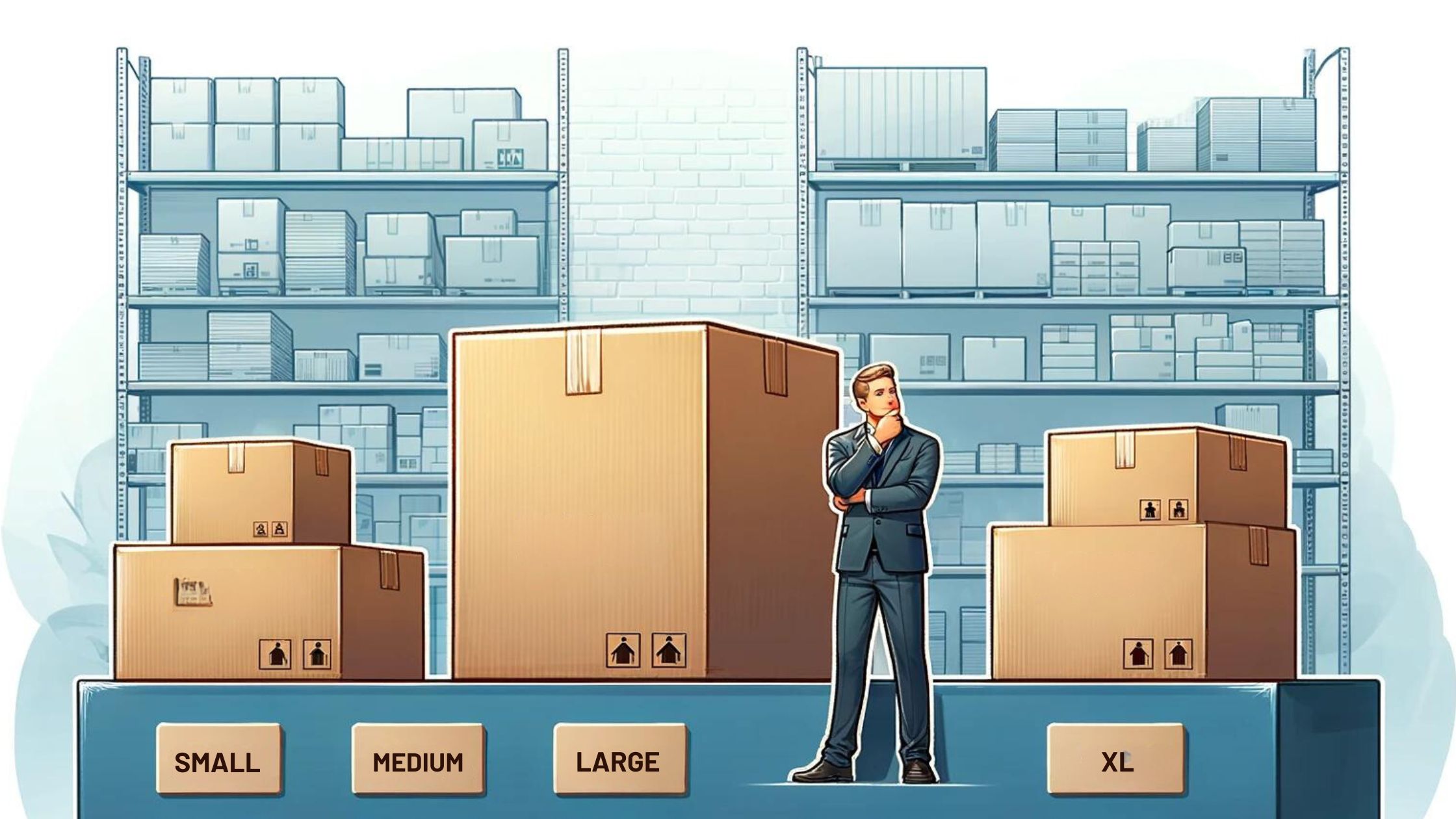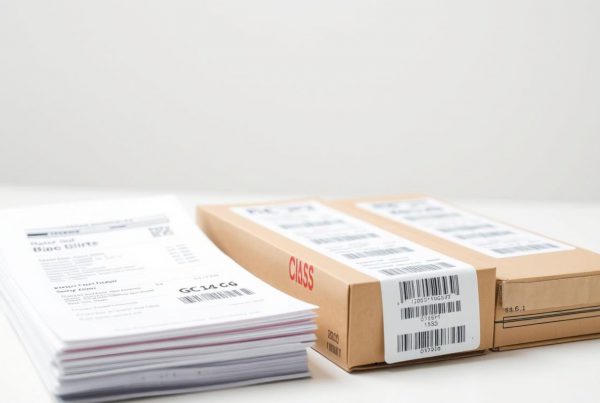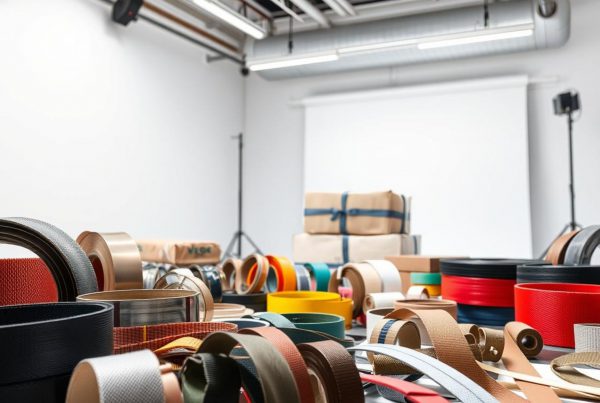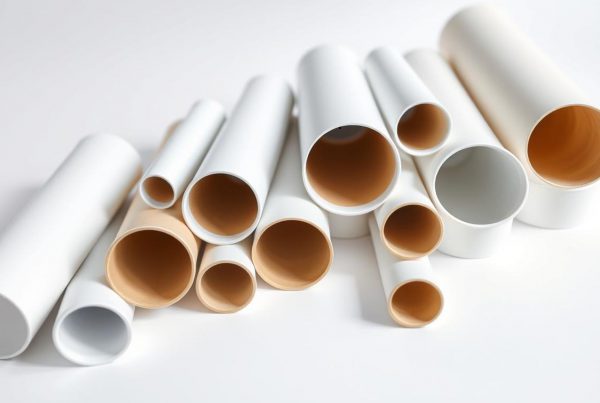Selecting the right shipping box size for your business is crucial for efficient operations, cost savings, and sustainability. As a supply chain manager specializing in sustainable and cost-effective packaging solutions, I’ve seen firsthand how the right packaging can make a significant difference. This guide will help you navigate the choices available, ensuring your packaging meets your needs and aligns with your sustainability goals.
Understanding Your Shipping Needs
Before diving into the specifics of box sizes, it’s essential to assess your shipping needs. Here are some key considerations:
- Product Dimensions and Weight: Measure the length, width, height, and weight of the items you’re shipping. This ensures you select a box that provides a snug fit, reducing the need for excess padding.
- Shipping Frequency and Volume: Determine how often you ship products and in what quantities. This helps in deciding whether to stock standard sizes or opt for custom solutions.
- Shipping Methods: Consider the carriers you use. Different carriers like shipping boxes USPS have specific size requirements. Using standard shipping box sizes can streamline the process.
Standard Shipping Box Sizes
Using standard shipping box sizes can simplify your packaging process and reduce costs. Common sizes include small, medium, and large, designed to accommodate various product dimensions.
- Small Boxes (12” x 12” x 8”): Ideal for smaller, lightweight items.
- Medium Boxes (16” x 16” x 12”): Suitable for moderately sized products.
- Large Boxes (18” x 18” x 24”): Best for bulkier items, consider long shipping boxes for large-scale shipping.
These standard sizes are widely accepted by major carriers, including USPS. For more information on standard sizes, visit The Boxery.
Customized Shipping Boxes
While standard sizes are convenient, sometimes your products require custom packaging. Custom-sized shipping boxes can:
- Enhance Product Protection: A box tailored to your product’s dimensions minimizes movement and potential damage during transit.
- Reduce Shipping Costs: By optimizing the box size, you can avoid unnecessary dimensional weight charges.
When looking for custom options, consider local suppliers for convenience. Search for shipping boxes near me to find nearby suppliers offering customization.
Sustainable Packaging Solutions
Sustainability is a growing concern for many businesses. Choosing eco-friendly packaging solutions not only benefits the environment but also appeals to eco-conscious customers.
- Recyclable Materials: Opt for boxes made from recyclable materials. Corrugated cardboard is a popular choice due to its durability and recyclability.
- Biodegradable Options: Consider biodegradable packaging materials that break down naturally, reducing environmental impact.
Implementing sustainable practices can enhance your brand’s image and customer loyalty.
Factors to Consider When Choosing Box Sizes
Selecting the right box size involves several factors:
- Product Dimensions and Weight: Ensure the box size matches your product dimensions closely.
- Shipping Costs: Larger boxes can incur higher shipping costs, especially if you’re charged by dimensional weight.
- Packaging Efficiency: Optimize the box size to minimize void fill, which can save on materials and shipping costs.
Innovative Packaging Technologies
Incorporating innovative packaging technologies can further enhance your shipping efficiency and product safety.
- Smart Packaging: Use sensor-equipped boxes to monitor conditions like temperature and humidity during transit.
- Temperature-Controlled Packaging: For perishable goods, consider insulated boxes with temperature control features.
These technologies can add value to your shipping process, ensuring products arrive in optimal condition.
Finding the Right Supplier
Choosing the right supplier is crucial for maintaining packaging quality and consistency. Here are some tips:
- Local Suppliers: Look for corrugated shipping boxes near me to support local businesses and reduce shipping times.
- Bulk Purchasing: Buying in bulk can offer significant cost savings. Consider options to buy shipping boxes to lower your overall packaging costs.
Case Studies and Examples
Let’s look at a few examples of businesses that successfully implemented the right shipping box sizes:
- Small E-commerce Business: By switching to standard box sizes, they reduced their shipping costs by 15% and minimized the use of void fill materials.
- Food Delivery Service: Using temperature-controlled packaging, they ensured their perishable products arrived fresh, enhancing customer satisfaction and repeat business.
Practical Tips for Implementation
To help you get started, here’s a step-by-step guide:
- Measure Your Products: Accurately measure the dimensions and weight of your products.
- Evaluate Box Options: Compare standard and custom box sizes based on your needs.
- Consider Sustainability: Choose recyclable or biodegradable materials.
- Optimize Packaging: Select the smallest box that fits your product to reduce shipping costs.
- Partner with Reliable Suppliers: Research suppliers that offer quality boxes for shipping at competitive prices.
Conclusion
Choosing the right shipping box size is a critical aspect of your business operations. It can save you money, enhance product protection, and support your sustainability goals. By understanding your shipping needs, considering standard and custom sizes, and incorporating innovative technologies, you can optimize your packaging strategy.
Your Shipping Supplies Partner
The Boxery offers a wide range of shipping supplies, including standard and custom-sized boxes, eco-friendly packaging options, and innovative packaging technologies. Committed to sustainability and quality, The Boxery is your go-to supplier for all your packaging needs. Visit The Boxery to learn more and browse their extensive product catalog.





Recent Comments